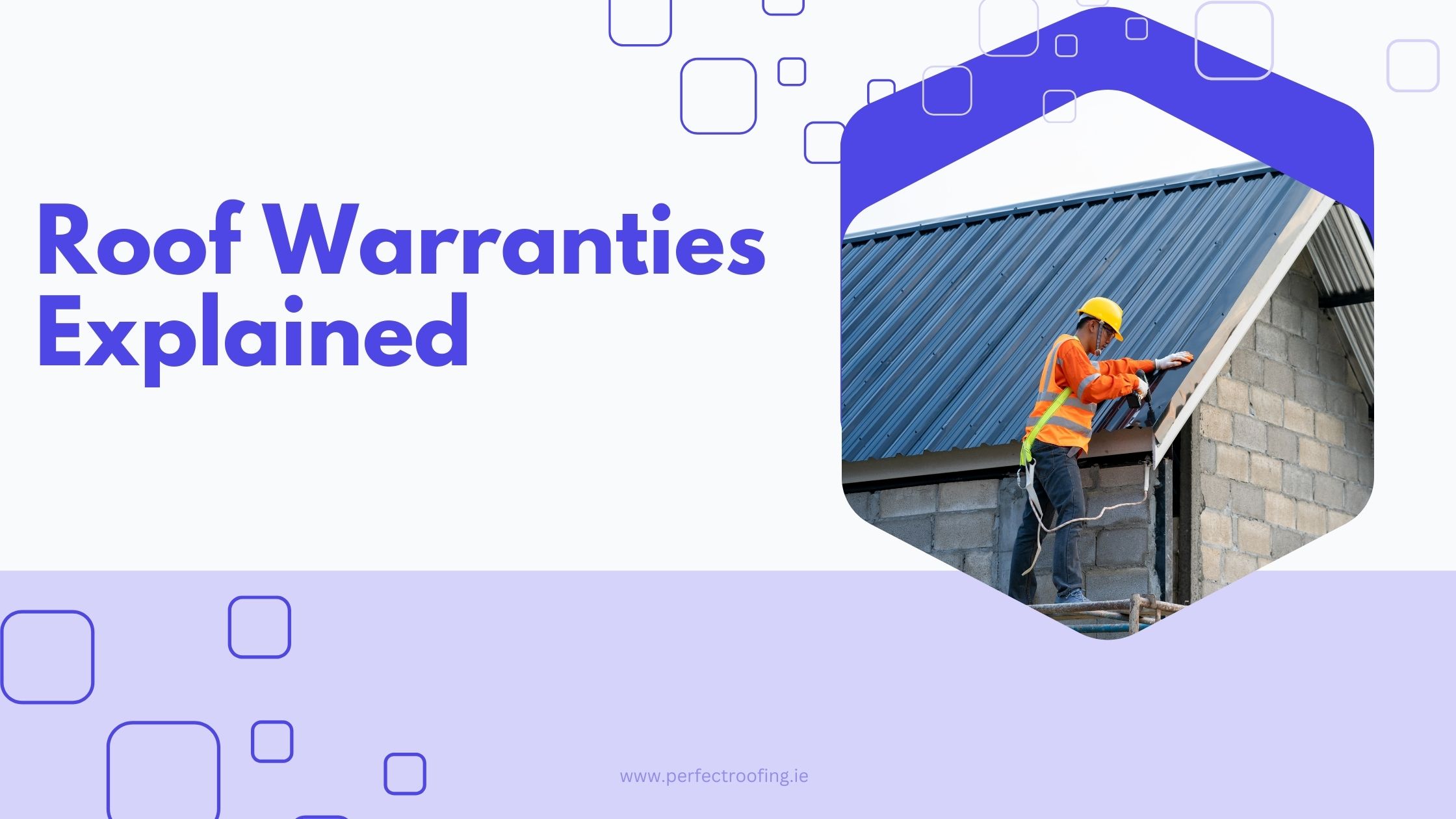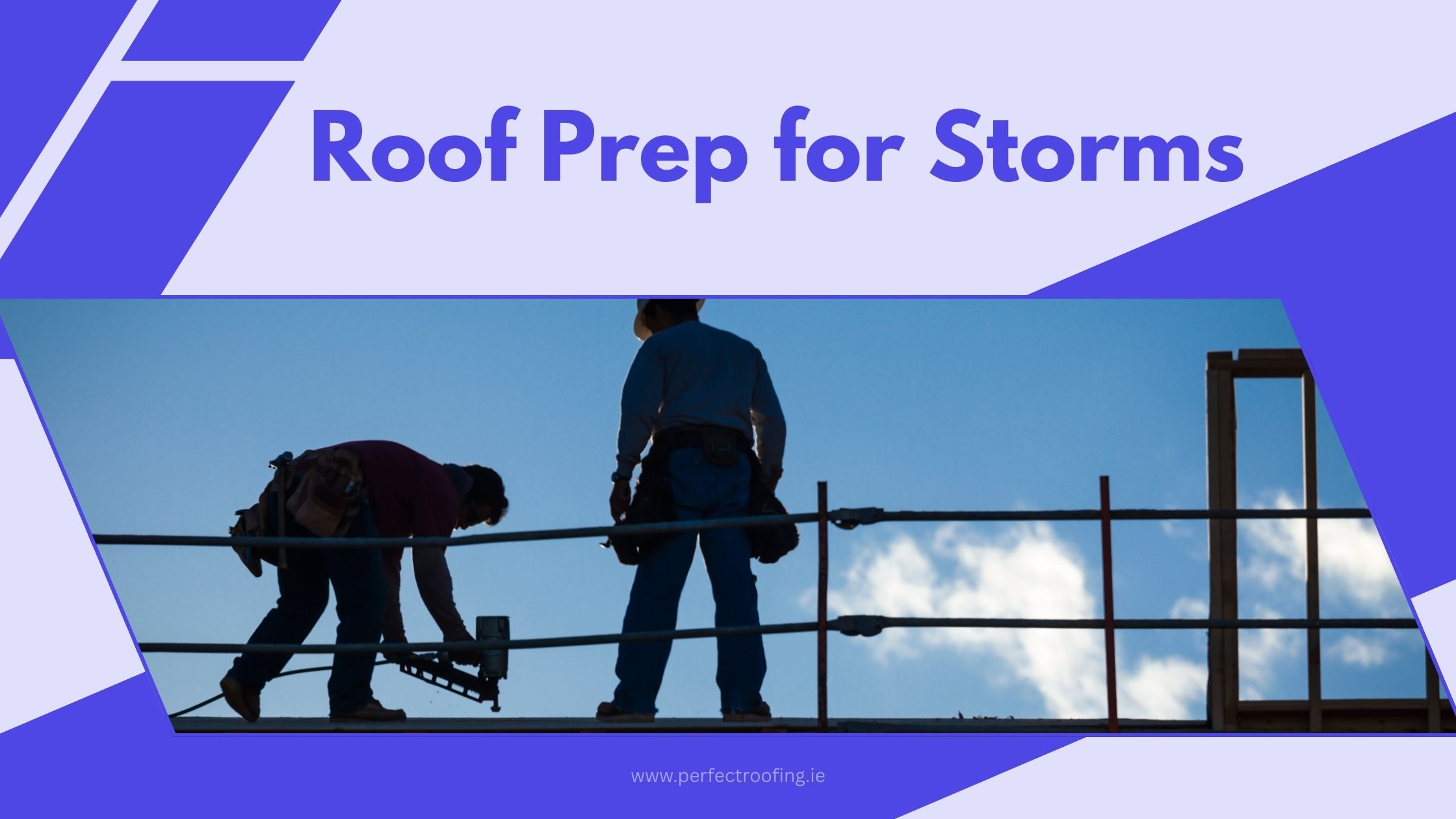Warranties
Understanding Roof Warranties: What's Actually Covered
Navigate the complex world of roofing warranties and understand what protection you actually have for your investment.

Roofing warranties can be confusing and misleading. This guide breaks down what different warranties actually cover and how to ensure you're properly protected.
Types of Roofing Warranties
Manufacturer Material Warranties
These cover defects in the roofing materials themselves:
Coverage Includes:
- Manufacturing defects in shingles, tiles, or metal
- Premature deterioration due to material flaws
- Color fading beyond specified limits
What's NOT Covered:
- Installation errors
- Weather damage
- Normal wear and tear
Workmanship Warranties
These cover installation-related issues:
Typical Coverage:
- Leaks due to improper installation
- Flashing failures from poor workmanship
- Structural issues from installation errors
Duration:
- Usually 1-10 years depending on contractor
- Some offer lifetime workmanship warranties
Warranty Duration and Transferability
Standard Material Warranty Periods
Different materials offer different coverage:
Asphalt Shingles:
- Basic: 20-30 years
- Premium: 50 years to lifetime
- Pro-rated after initial period
Metal Roofing:
- Paint finish: 20-40 years
- Substrate: 20-50 years
- Often transferable to new owners
Transfer Conditions
Warranty transferability varies:
- Some transfer automatically
- Others require registration fees
- Time limits may apply for transfers
Understanding Pro-Rated Coverage
How Pro-Rating Works
Most warranties become pro-rated after an initial period:
Example: 25-year shingle warranty
- Years 1-10: Full replacement value
- Years 11-25: Decreasing percentage of value
- After 25 years: No coverage
Calculating Pro-Rated Value
The formula typically considers:
- Age of roof when claim is made
- Original material cost
- Current material prices
- Labor costs (usually not covered)
Common Warranty Exclusions
Weather-Related Damage
Most warranties exclude:
- Wind damage above specified limits
- Hail damage of any size
- Ice dam related issues
- Lightning strikes and fire
Installation-Related Exclusions
Manufacturer warranties often exclude:
- Damage from improper installation
- Use of incompatible materials
- Inadequate ventilation
- Structural deficiencies
Maintenance Requirements
Warranties may be voided by:
- Lack of regular maintenance
- Walking on the roof inappropriately
- Installing antennas or equipment without proper consultation
- Pressure washing (not recommended in Irish climate due to moss regrowth)
System vs. Material Warranties
System Warranties
Comprehensive coverage when using all components from one manufacturer:
Advantages:
- Covers entire roofing system
- Single point of contact for claims
- Often longer coverage periods
Requirements:
- Use specified underlayment
- Install approved ventilation
- Follow exact installation procedures
Material-Only Warranties
Limited to specific product defects:
- Easier to qualify for
- Less comprehensive coverage
- Multiple manufacturers may be involved
Making Warranty Claims
Documentation Requirements
Successful claims require proper documentation:
Installation Records:
- Proof of purchase
- Installation date and contractor
- Photos of installation process
Maintenance Records:
- Regular inspection reports
- Cleaning and maintenance logs
- Repair documentation
Claim Process Steps
- Contact manufacturer or contractor immediately
- Document the problem with photos and descriptions
- Provide required paperwork and records
- Allow inspection by warranty representative
- Follow up on claim status regularly
Warranty Red Flags
Unrealistic Promises
Be wary of:
- "Lifetime" warranties with excessive limitations
- Warranties significantly longer than industry standards
- Promises that seem too good to be true
Fine Print Issues
Watch for:
- Excessive exclusions
- Difficult claim procedures
- Requirements for specific maintenance products
- Geographic limitations
Maximizing Warranty Protection
Choose Reputable Contractors
Work with contractors who:
- Are certified by manufacturers
- Provide comprehensive workmanship warranties
- Have established track records
- Follow proper installation procedures
Maintain Proper Documentation
Keep detailed records of:
- All installation materials and dates
- Regular maintenance activities
- Any repairs or modifications
- Warranty registration documents
Follow Maintenance Requirements
Protect your warranty by:
- Performing required maintenance
- Using approved cleaning methods
- Avoiding actions that void coverage
- Documenting all maintenance activities
Extended Warranty Options
When to Consider Extended Coverage
Extended warranties may be worth considering when:
- Basic coverage is limited
- Your roof is in a harsh climate
- You plan to stay in the home long-term
- Peace of mind is worth the cost
Evaluating Extended Warranty Value
Consider:
- Additional coverage provided
- Cost versus potential claims
- Financial stability of warranty provider
- Claim satisfaction rates
Conclusion
Understanding your roof warranty is crucial for protecting your investment. Read all warranty documents carefully, maintain proper documentation, and follow required maintenance procedures. Remember that warranties supplement, but don't replace, the need for quality installation and regular maintenance. When in doubt, consult with roofing professionals who can explain the specifics of your warranty coverage.



